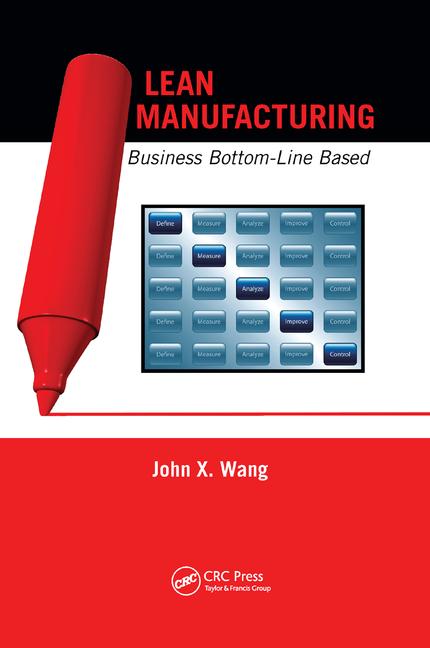Down the Line: Finger Pointing
Last year’s terrorist attacks have sparked new interest in biometric technology. Biometric access controls compare the biological traits of a user with information stored in a computerized file of authorized individuals. The devices read personal traits, such as fingerprints, retinal images, voice patterns, facial shapes or hand shapes. According to security experts, they overcome the shortcomings of traditional keypad and card-based alternatives.
Biometric technology has been available for more than 15 years. However, until recently, the only users were a handful of government and military agencies. Wide-scale commercial applications were ignored because the James Bond-type technology was viewed as too obscure, too esoteric or too expensive.
Today, the price of biometric products and systems is falling as demand for the technology grows and more vendors enter the business. The Freedonia Group (Cleveland) predicts that the market will expand from $105 million in 2000 to $550 million by 2005. By the end of this decade, it will be a $1.5 billion market.
Finger scanning is the leading biometric technology. Fingerprint recognition is popular because of its accuracy, speed, reliability, nonintrusive interfaces and cost-effectiveness. By 2005, the Freedonia Group expects fingerprint scanning devices to account for 36 percent of the biometric access controls market, or $200 million. It will be a $500 million market by the end of this decade.
Demand is being driven by the personal computer industry, which will be incorporating the technology to address growing security concerns. More and more computers will be equipped with built-in fingerprint readers, because biometric systems are much more difficult to breach than traditional password-based user-authentication systems.
Manufacturers of cell phones, personal digital assistants and other electronic devices are also expected to incorporate touch-and-go fingerprint sensors into their products. Other potential applications include electronic fingerprint systems for passenger check-in at airports.
Fingerprints can be captured in several different ways, including optical, ultrasound and technologies based on semiconductor chips. Optical methods are the most cost-effective. Most scanners work by using a tiny camera to capture an image of a fingerprint. Then, a series of algorithms convert the image into a map showing unique features.
Finger scanning technology works by matching relationships between the points on a fingertip where print ridges end or divide. The most sophisticated fingerprint identification systems look past the easily obscured outer layer of skin to the living layer below where the unique ridge and valley patterns of the fingerprint originate. Biometric product manufacturers are also experimenting with neural networks, fuzzy logic and ultrasound scanning.
Looking for a reprint of this article?
From high-res PDFs to custom plaques, order your copy today!







